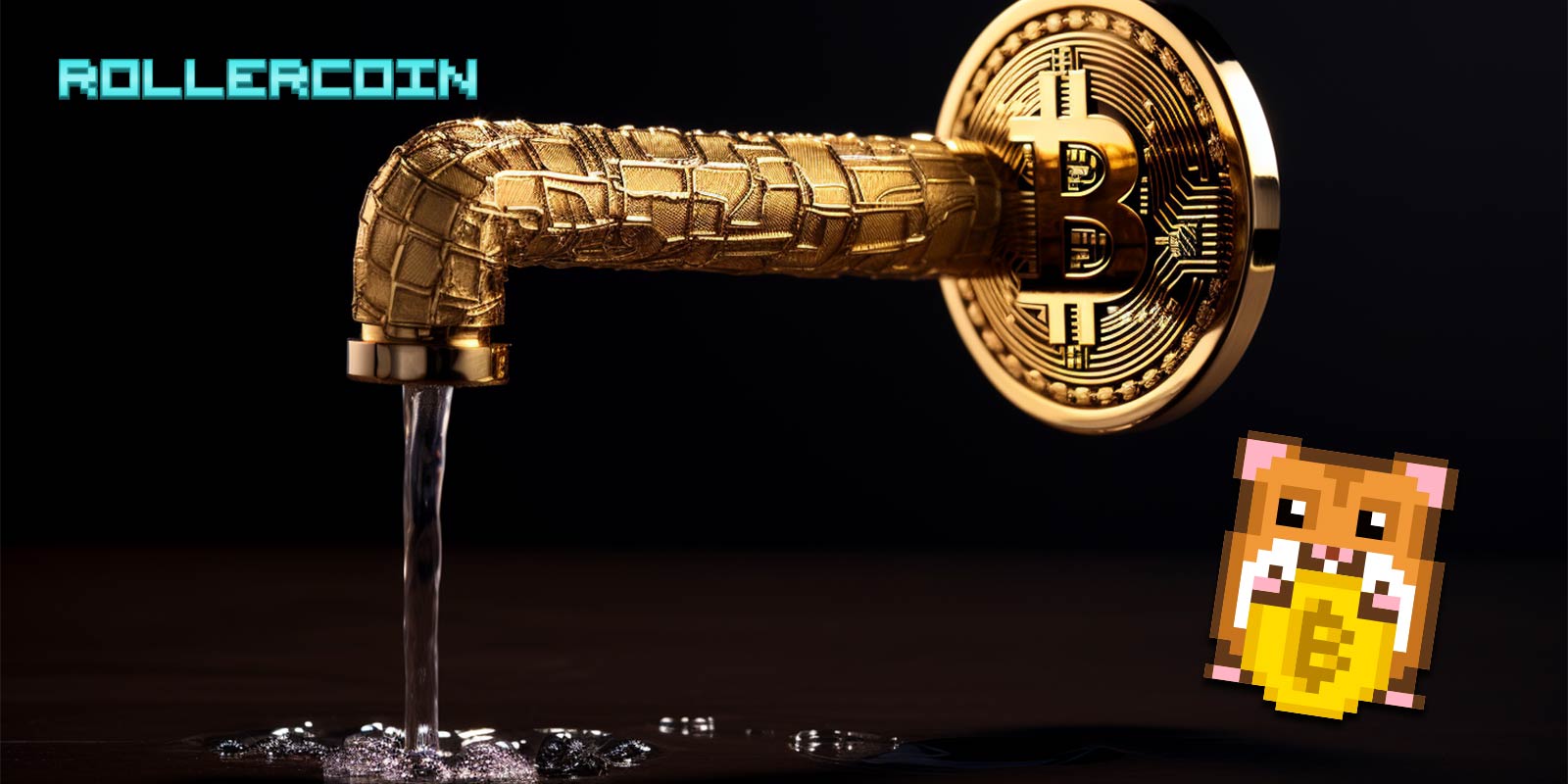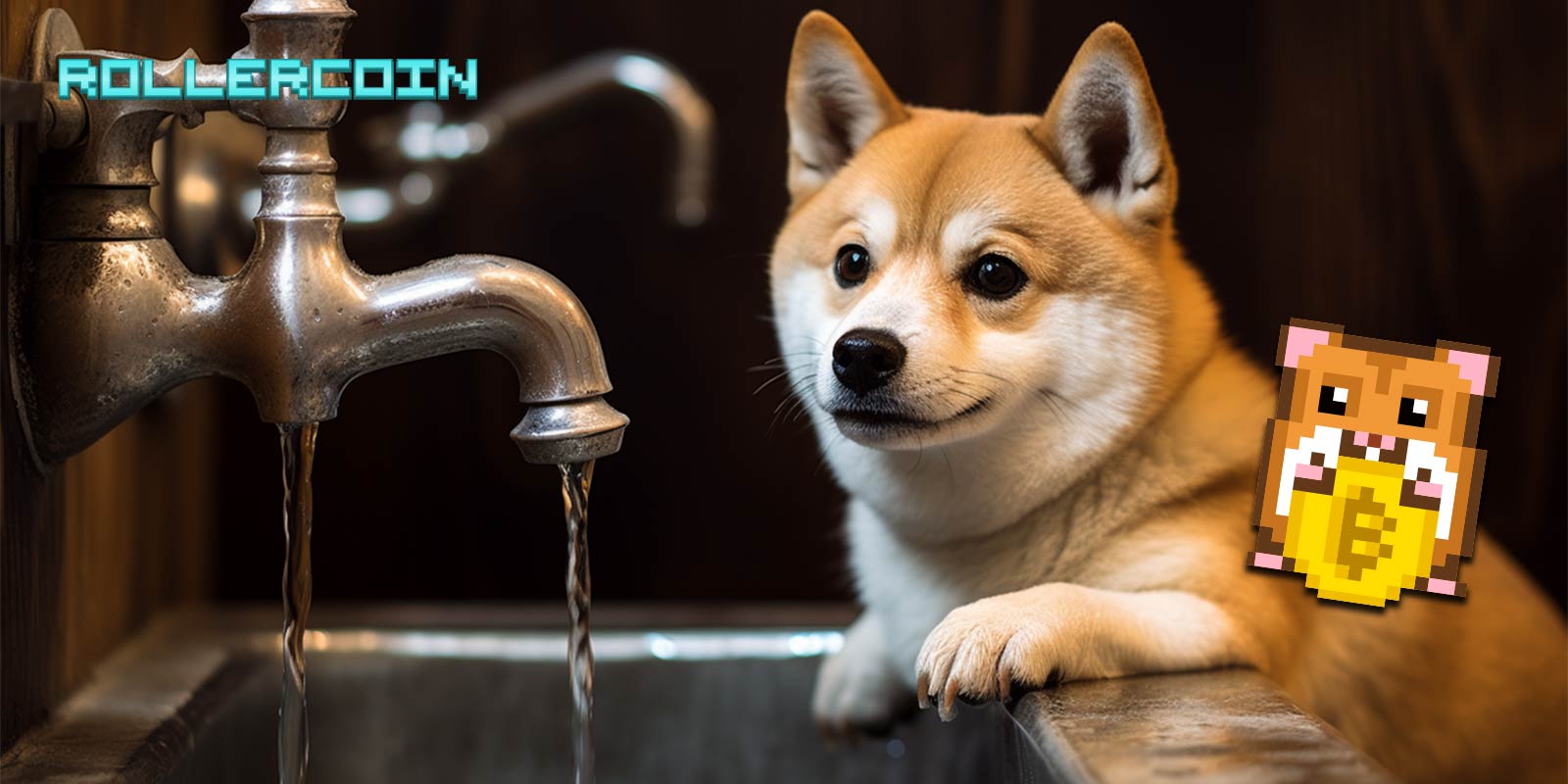Bitcoin mining is how new Bitcoins are created and added to the currency supply. It is the process through which the network verifies the new transactions, which is an essential part of the ongoing creation and maintenance of the blockchain ledger.
“Mining” is carried out with high-tech technology, and it involves solving complicated computational and mathematical problems. The next block of Bitcoins is awarded to the computer that solves the challenge first, and the search for a solution to the problem continues from there.
A mining pool is a collective group of cryptocurrency miners who work together to pool their computational resources and share them across a network. This is done with the goal of increasing the likelihood of successfully mining for cryptocurrency or discovering a block.
What Are Bitcoin Mining Pools?
Mining pools are teams of miners who collaborate to share computational resources in order to mine cryptocurrencies. Mining pools use these pooled resources to increase the likelihood of successfully discovering a block or mining Bitcoin.
Mining pools can also increase the amount of cryptocurrency mined. If the mining pool is profitable and acquires a reward, that reward will be distributed equitably among all the pool’s participants.
Bitcoin mining pools are networks of dispersed Bitcoin miners who work together to mine blocks together and divide the payouts based on each individual’s input to the pool. Bitcoin mining pools are also known as BTC pools. Miners can distribute their winnings at a slightly reduced rate, which is reflected in the fees they pay to the pool coordinator.
A miner’s contribution to a mining pool is evaluated based on their hash rate, which is a measurement of the number of “hashes,” or efforts to locate a new block, that are carried out in one second.
Each miner in the pool is responsible for remitting the block reward to the mining pool coordinator whenever they uncover a new block. After deducting a nominal charge, the pool coordinator distributes payments to each participant in proportion to the amount of hashing power they contribute.
Joining a mining pool is the best option for a little miner who has almost no chance of finding a block on their own because the odds are so astronomically low. Doing so will ensure a consistent flow of cash. This revenue will be proportional to the miner’s size, which means it will still be tiny, but the constancy of this revenue enables the miner to meet operational costs and make a profit.
How to Mine BTC for Free?
If you are looking for a free mining pool, check out RollerCoin. RollerCoin is an online virtual Bitcoin mining game. It borrows the idea of Bitcoin mining but replaces the complex blockchain and processing algorithms with simple challenges, missions, activities, and games so that anyone can establish a mining empire. All you need to do is to set up a virtual mining rig and play games to increase its effectiveness. In return, you receive free Bitcoin that can be withdrawn or used to improve your mining equipment even further!
How Do Bitcoin Mining Pools Work?
Bitcoin mining pools are supported by three key components: a cooperative work protocol, a cooperative mining service, and mining software. These components work together to promote cooperation and efficiency among all members in a mining pool.
Cooperative Work Protocol
A cooperative work protocol is a technique that enables numerous mining participants to work simultaneously on a single block. This allows for faster completion of mining tasks. The blockchain and the native coin it supports both use a server connected to each miner that is part of the same block to monitor miners’ progress.
Cooperative Mining Service
A server that acts as a connection for several participants to pool their resources in real-time is referred to as a cooperative mining service server. This type of server is required for the process. Since mining operates on a decentralized platform, a server’s presence may appear redundant and unnecessary. However, pools necessitate servers’ use to continue the blocks’ generation and to process winnings.
Mining Software
Each mining program offers a different set of features and functionalities. They establish a link between the mining pool and the server, then acquire the necessary data for solving complex equations before working on a solution. As soon as the software identifies a solution, it notifies the miner and then moves on to resolving the following equation to create the next block.
Why Do Mining Pools Exist?
The mining of cryptocurrencies is incredibly expensive due to the sky-high cost of electricity. The mining of several cryptocurrencies comes with built-in economies of scale, which means that miners can make financial gains as their output increases.
Because low-cost electricity is freely available in a large number of countries rather than just a select few, mining pools can be found all over the world.
Economies of Scale
The mining of cryptocurrencies produces an enormous amount of heat. Miners require specialized cooling systems for this reason, as they want to ensure the efficiency and longevity of their mining rigs.
Mining pools allow larger enterprises to raise the scale of their operations and obtain cost advantages while still meeting their cooling, operating, storage, and equipment maintenance expenditures. This is accomplished by increasing the volume of the activities.
Additionally, these businesses negotiate substantial energy purchases with their respective utility companies. Utility service providers reap the benefits of significant, steady volumes, while mining pool operations reap the benefits of economies of scale.
Geographic Energy Distribution
Bitcoin miners are forced to search for low-cost energy sources due to their thin profit margins. Because of this hunt, they investigate various energy sources, including hydroelectricity, natural gas, wind, and geothermal energy, among others. It is because these energy sources are geographically distributed all over the world that mining pools exist.
Cryptocurrency mining pools utilize these many energy sources to generate inexpensive electrical power. Certain suppliers cost far more than others. Due to these price patterns, mining pools take advantage of various energy sources, such as hydroelectric electricity during the monsoon season in China, geothermal energy in Iceland, and stranded oil in the Texas Permian Basin.
What Are the Benefits of Bitcoin Mining Pools?
Even the smallest miners have the opportunity, through cryptocurrency mining pools, to capitalize on their computational resources and generate a steady income without having to make significant financial investments in the construction of specialized mining rigs, which can run into millions of dollars.
A few of the benefits of becoming a member of a cryptocurrency mining pool include receiving dividends regularly, having a transparent and up-to-date view of the prospective profits, and benefiting from the expert administration of a pool operator.
Mining pools may be a centralizing force; however, because they are made up of many decentralized entities, it is much more difficult to coerce them.
Furthermore, mining pools must constantly compete with one another to offer their members higher profits than those provided by other mining pools. Suppose a mining pool engages in malicious behavior, levies excessive transaction fees, or begins to censor transactions, causing its members to lose out on potential profits. In that case, they can switch to another pool that adheres to more ethical standards.
How to Use Bitcoin Mining Pools?
After understanding the various cryptocurrency mining operations and cryptocurrencies, you may decide to try mining alone. By participating in a mining pool, not only do you improve your odds of being compensated for your mining efforts, but you also put yourself in a position to compete with the most successful miners in the industry.
Are you interested in beginning to work with a pool? The steps that need to be followed are as follows.
Choose Your Equipment
You can mine cryptocurrency using various mining devices, provided those devices have adequate power. Mining software can only function properly when provided with a graphics processing unit (GPU) and a central processing unit (CPU).
These two components are included in virtually every computer system. However, due to the rising demand for cryptocurrency mining, GPU and CPU mining may no longer be as effective as they previously were.
Instead, it would be best if you looked for an integrated circuit that is application-specialized (ASIC). This piece of equipment is specifically designed for mining. It is also possible to construct multi-GPU systems intended solely for mining cryptocurrencies; however, these systems typically lack sufficient raw computational power and are substantially less powerful than ASICs.
Make Sure the Pool Is Transparent
Check that the mining pool is honest and open about its operations before you join it. Also, make sure that the pool admin is trustworthy. For instance, you may check to see if the surface-level findings indicate that the total pool hash rate is accurate. In addition, you should look for indications of low reward schemes and investigate the pool’s payout method.
If the method of money distribution is one that you aren’t comfortable with, the pool may not be worthwhile, and you might be better off joining another pool instead of participating in this one.
Check the Size of the Pool as well as the Computational Capacity
The amount of coins that can be mined in a given amount of time is directly proportional to the computing power of the mining pool. It is possible for a pool’s size to directly correlate to the amount of time it takes to mine, although, in general, the faster a collection can mine, the larger the mine is.
Larger pools, which have a bigger capacity for processing, are more likely to create blocks, but smaller pools often take longer. This advantage is due to the larger pools’ increased computational capacity.
A mining farm that uses outdated resources can be defeated by a smaller pool of miners who have updated ASIC equipment and mine using ASIC miners. The mining pool with a more significant hash rate will typically emerge victorious.
Choose Your Pool, Then Get to Mining
You can begin mining as soon as you have completed the preparations, acquired the tools, and located a pool that meets your needs.
Bitcoin Mining Pools Pros and Cons
Pros
In Bitcoin mining, each miner races against the rest of the network to contribute to the overall blockchain and generate coins as a reward for their efforts.
The discovery process can be sped up when multiple miners work together in the same network to cut down on latency or delays and increase the rate at which computations are performed.
The chances of receiving rewards go up thanks to a more significant number of mining systems operating inside the same network. This boosts the likelihood that the mining pool and its members will successfully solve the block hash and claim the prize.
Contributing to a mining pool does not require purchasing pricey mining equipment, which is a significant benefit for miners who operate on a smaller scale. Reliable mining equipment has a price tag of many thousands of dollars and an annual electricity bill of several hundreds of dollars.
Cons
As was said earlier, mining pools and farms contribute to centralizing the process of validating and creating cryptocurrencies. This makes it easier to exercise control over the process. The issue of control then arises as a result of the fact that mining farms effectively control the rewards.
Fees and profit-sharing: one of the primary drawbacks of joining a mining pool is that you will be required to pay fees on a recurrent basis and share any Bitcoin that is successfully mined with the other miners in the pool.
This is one of the main downsides of joining a mining pool. Your portion of the Bitcoin that is distributed to the organization is typically used to pay the fees that must be paid.
Enhanced consumption of energy: the expenses of utilities, which include the cost of power, account for 75% of the overall operational costs of these vast mining operations. Although the power price varies from country to country, miners are believed to pay a global average price of $0.046 per kWh.
The Bottom Line
Mining Bitcoins may appear to be a lucrative business opportunity, but in practice, it’s not only challenging but also very expensive to do so. The highly unpredictable behavior of Bitcoin’s price is another factor that contributes to overall uncertainty.
It is essential to remember that Bitcoin itself is a speculative asset with no inherent worth. This means that it will not create anything for its owner and is not tied to anything like gold. Your return is dependent on selling it to someone else for a higher price, but that price might not be sufficient for you to generate a profit from the sale.



